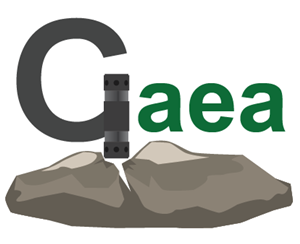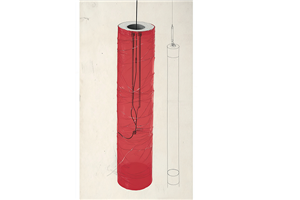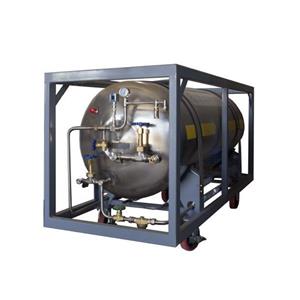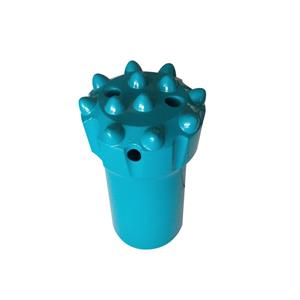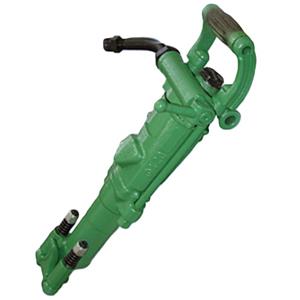Underground Mine Drift Excavation Rock Blasting Design Plan
Introduction Rock blasting design for underground mine drift excavation is a critical part of the mining process. The reasonableness of the design directly affects excavation efficiency, cost, safety, and the impact on surrounding rock. An optimized rock blasting plan can increase advance rates, control blasting vibration, protect the stability of the surrounding rock, and create favorable conditions for subsequent mining. This article, based on multiple references, outlines the key elements and practical methods for designing rock blasting for underground drift excavation.
Preliminary Preparations for Blasting Design Geological condition analysis: Obtain a detailed understanding of the mine’s geology, including rock types, hardness, and the distribution of joints and fractures. For example, jointing and fracturing can influence stress wave propagation and rock breakage. Accurate geological information should be collected through field surveys, borehole data, and geophysical investigation. Different rock types and hardness require different blasting parameters; hard rock typically needs higher charges and appropriate hole layouts.
Define engineering requirements: Clarify drift dimensions, cross-section shape, and excavation direction. For example, circular and rectangular drifts require different blasting designs; corners in rectangular drifts may need special hole arrangements to control the profile. Consider required advance rates—faster excavation may require more efficient blasting techniques and parameter combinations.
Blast Hole Layout Design Slot-hole design:
Choice of slotting method: Common slotting methods include wedge-shaped slotting and straight-hole slotting. Wedge-shaped slotting suits medium-soft to soft rocks: angled slot holes create a wedge-shaped free face for subsequent blasting. Straight-hole slotting is used for hard rock, where parallel empty holes create a free face and compensation space while surrounding charged holes perform the break. Innovative slotting techniques, such as cavity-slotting and fragment-ejection slotting blasting (CCFT), have been studied and applied; for example, a parallel slotting design with dual throw holes (P-DFH) strengthens bottom charges and produces a two-stage detonation that forms a more complete slot cavity, overcoming the limitations of traditional dense drilling.
Slot-hole parameter determination: Specify slot-hole depth, spacing and angle. Slot-hole depth is typically 15%–20% greater than other blast holes to ensure effective slotting. For medium-hard rock, wedge-shaped slot angles can be 60°–75°, with spacing of 0.5–1.0 m depending on rock properties. For straight-hole slotting, spacing between empty holes and charged holes is generally 0.2–0.5 m.
Auxiliary (relief) holes: Placed between the slot holes and the perimeter holes to enlarge the slot volume and create a better free face for the perimeter charges. Auxiliary hole spacing is usually somewhat larger than that of the perimeter holes, and explosive charges may be relatively larger. For medium-hard rock, auxiliary hole spacing can be 0.6–0.8 m, with charge amounts adjusted to rock characteristics.
Perimeter (contour) holes: Used to control the drift profile and ensure the cross-section meets design dimensions. Perimeter hole spacing and charge amount are critical for profile control. Numerical simulation and field tests indicate that under certain conditions—for example, in deep drifts of the Kaiyang phosphate mine—a perimeter hole spacing S = 0.70 m, linear charge density β = 0.9 kg/m, and a decoupling coefficient ζ = 2.5 yielded good contour blasting results with minimal overbreak/underbreak. Using sand tamping in perimeter holes reduces damage to surrounding rock and improves explosive energy utilization.
Blasting Parameter Design Charge amount calculation: Charge quantity is a key factor affecting blasting outcome and is usually determined by rock properties, hole diameter, hole depth, and hole spacing. Common empirical formulas include the volume formula and consumption-per-unit formula. For example, the volume formula Q = qV, where Q is the charge, q is the explosive consumption per unit rock volume, and V is the volume of rock to be blasted. The unit consumption q depends on rock strength and is generally in the range 0.3–1.5 kg/m³.
Firing sequence and delay times: A rational firing sequence and delay timings can control blasting vibration and improve breakage. Typically, slot holes are fired first, then auxiliary holes, and finally perimeter holes. Delay times should consider rock breakage and throw times as well as vibration reduction. For example, delays between slot holes and auxiliary holes can be 25–50 ms, and delays between auxiliary and perimeter holes 50–100 ms. Numerical simulation and field tests can be used to optimize delay times to improve fragmentation and reduce vibration.
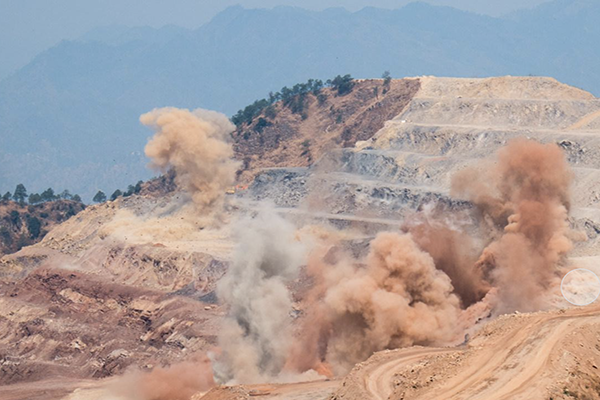
Selection of Blasting Materials and Equipment Explosive selection: Choose an explosive type suitable for the mine conditions. For underground drift excavation, explosives with good safety and moderate power—such as emulsion explosives—are commonly used. Emulsion explosives have good water resistance and stable performance, making them suitable for most underground blasting operations. In gas-prone coal mines, only explosives approved for mine use should be used in accordance with safety regulations.
Initiation and detonator selection: Common initiation devices include electric detonators and shock-tube (non-electric) detonators. Electric detonators are simple and reliable to operate but can be hazardous in environments with stray currents. Shock-tube detonators are resistant to static and stray currents and are widely used in underground blasting. In complex blasting environments, electronic detonators may be used; they allow precise timing control, improving blasting effectiveness and safety.
Blasting Effect Prediction and Evaluation Numerical simulation prediction: Use numerical simulation software (e.g., ANSYS/LS-DYNA) to build a numerical model of drift blasting. By inputting rock mechanical parameters, hole layout, and blasting parameters, simulate rock breakage, throw, and vibration during blasting. For example, simulations can assess the effects of different slotting methods and blasting parameters on excavation outcomes and provide a basis for optimizing the design.
Field trial evaluation: Conduct small-scale field trials before full-scale excavation. Evaluate blasting effectiveness by observing rock fragmentation, drift profile formation, and measuring blasting vibration. Adjust and optimize the design based on trial results to ensure satisfactory performance in large-scale construction.
Safety Measures Determination of safety distances: Establish blasting safety distances based on explosive quantity and rock properties. Mark and secure exclusion zones within the safety distance to prevent unauthorized access. For underground drift blasting, safety distances are commonly in the range of 100–300 m, with specific values calculated case by case.
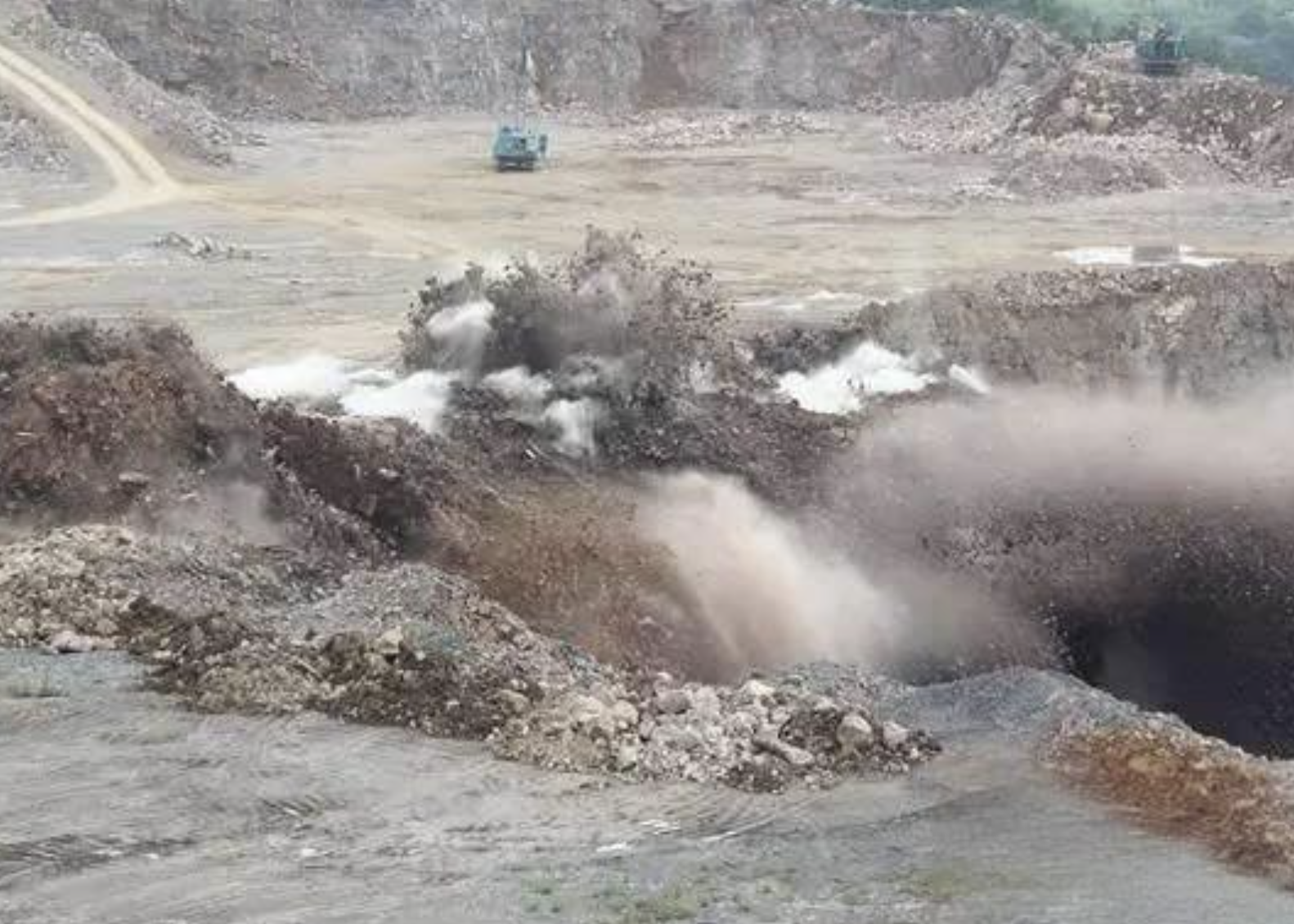
Ventilation and dust control: Blasting generates gases and dust that must be promptly removed. Use localized ventilation fans, ducts, and other ventilation equipment to ensure air quality meets safety standards. Additionally, apply water sprays and misting to reduce dust exposure for workers.
Blasting vibration control: Reduce blasting vibration impacts on surrounding rock and structures by optimizing blasting parameters—controlling charge size, and using appropriate firing sequences and delays. In vibration-sensitive areas, pre-splitting, smooth-blasting, and other controlled techniques can further limit vibration.
Conclusion Designing a rock blasting plan for underground mine drift excavation is a complex, systematic task requiring consideration of geological conditions, engineering requirements, blasting materials, and safety measures. Through rational hole layout, precise blasting parameter design, appropriate selection of explosives and initiation systems, and rigorous safety procedures, efficient, safe, and economical drift excavation can be achieved. Numerical simulation and field trials should be used to predict and evaluate blasting performance and to continuously optimize designs to meet the specific conditions of different mines and improve mining efficiency and economic returns.
